How To Upgrade Your Pool Filtration System
Owning a pool is a luxury, but maintaining it can sometimes feel like a chore. One of the most crucial aspects of pool maintenance is ensuring you have a high-quality filtration system. Not only does a robust filter keep your pool water clean and clear, but it also promotes a healthier swimming environment. If you've been wondering how to upgrade your pool filtration system, you're in the right place. This guide will walk you through everything you need to know, from understanding different filter types to recognising signs that you need an upgrade and the benefits that come along with it.
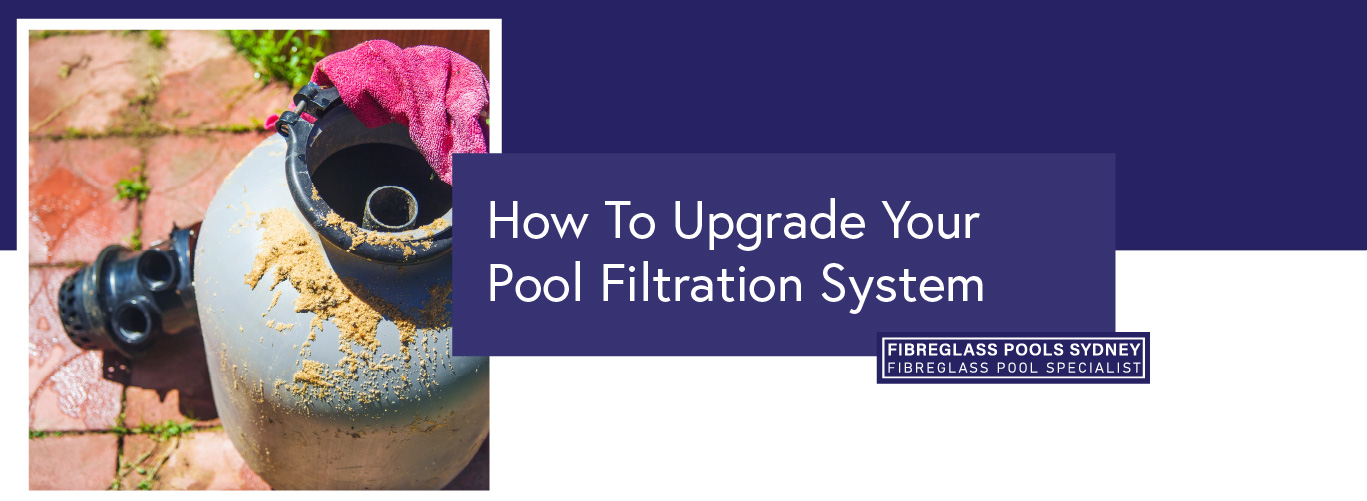
Why Your Pool Filtration System Matters
A pool filtration system is essentially the heart of your pool’s circulation system. It removes debris, bacteria, and other contaminants, ensuring that the water remains safe and inviting for swimmers. Without a proper filtration system, your pool can become a breeding ground for algae and other harmful microorganisms. This not only affects the aesthetic appeal of your pool but can also pose serious health risks.
In this blog post, we will focus on the importance of upgrading your pool filtration system for better maintenance and an enhanced swimming experience. We’ll cover the different types of filters, how to identify when it’s time for an upgrade, and the benefits of making this crucial investment.
Understanding Pool Filtration Systems
Types of Pool Filters
When it comes to pool filters, there are three main types to consider:
- Sand Filters
- Cartridge Filters
- Diatomaceous Earth (DE) Filters
Each type has its own set of features, advantages, and disadvantages.
Sand Filters
Sand filters are the most traditional type of pool filtration system. They use sand to trap debris and particles. Water passes through the sand, which captures contaminants before the clean water is returned to the pool. Sand filters are popular because they are easy to use and relatively inexpensive. However, they are not as efficient as other types and may require frequent backwashing.
Cartridge Filters
Cartridge filters use replaceable cartridges to filter out debris. They are more efficient than sand filters and can trap smaller particles. Cartridge filters are also low-maintenance, requiring only occasional cleaning and replacement. The downside is that they can be more expensive upfront, but their efficiency often makes up for the cost.
Diatomaceous Earth (DE) Filters
DE filters are considered the gold standard in pool filtration. They use a fine powder made from fossilised diatoms to capture even the smallest particles. DE filters provide the highest level of filtration, ensuring crystal-clear water. However, they are also the most expensive and require more maintenance compared to sand and cartridge filters.
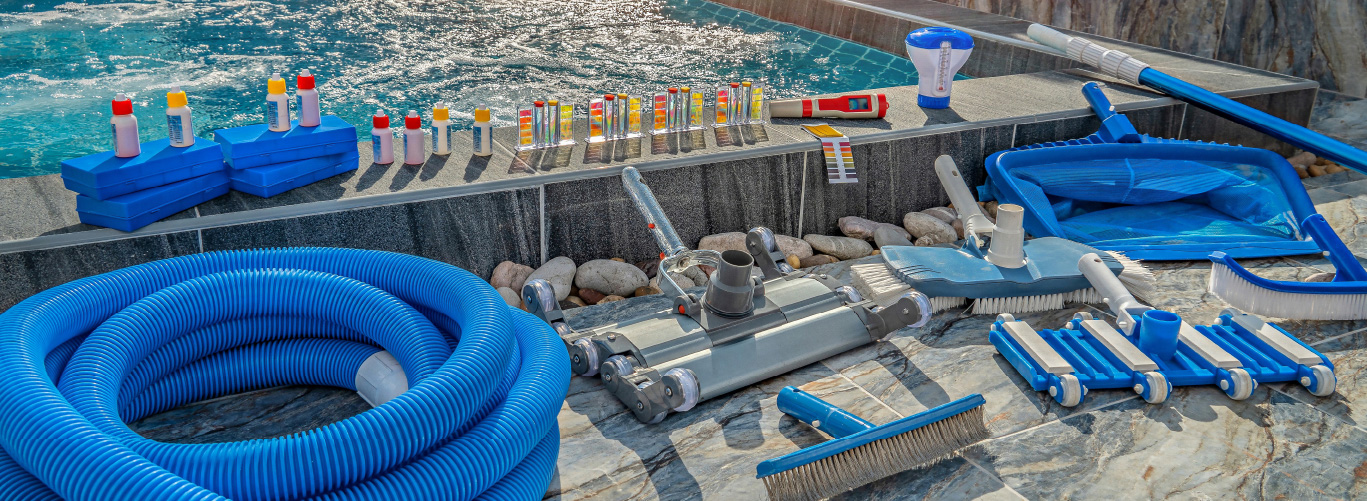
Comparing Efficiency, Maintenance, and Cost
Choosing the right filter for your pool depends on several factors, including efficiency, maintenance requirements, and cost. Sand filters are the most affordable but may not provide the best filtration. Cartridge filters offer a good balance of efficiency and maintenance, while DE filters deliver superior filtration at a higher cost.
Signs You Need an Upgrade
Common Indicators
It’s essential to recognise the signs that indicate your pool filtration system may need an upgrade. Here are some common indicators:
- Cloudy Water: If your pool water remains cloudy despite regular maintenance, it could be a sign that your filter is not performing efficiently.
- Increased Chemical Use: If you find yourself using more chemicals to maintain water quality, your filter may not be effectively removing contaminants.
- Frequent Repairs: If your current system requires frequent repairs, it might be more cost-effective to invest in a new, more reliable filtration system.
- Old Age: Filtration systems generally have a lifespan. If your system is over five to ten years old, it might be time for an upgrade.
Importance of Regular Maintenance and Inspection
Regular maintenance and inspection are crucial to ensure your pool filtration system operates optimally. Routine checks can help you identify issues early on, preventing costly repairs and ensuring a cleaner, safer swimming environment.
Steps to Upgrade Your Pool Filtration System
Assessing Your Current System
Before upgrading, it’s essential to assess your current filtration system. Take note of its performance, age, and any recurring issues. This assessment will help you determine whether an upgrade is necessary and what type of filter would be best suited for your pool.
Selecting the Best Filter
Choosing the right filter involves considering the size and type of your pool, as well as your budget and maintenance preferences. Here’s a step-by-step guide to help you select the best filter:
- Determine Pool Size: Calculate the volume of your pool to ensure the new filter can handle the capacity.
- Consider Filter Type: Based on your assessment, decide whether a sand, cartridge, or DE filter would be most appropriate.
- Budget: Factor in the upfront cost, as well as long-term maintenance expenses.
Installation Process
Once you’ve selected the right filter, follow these steps for installation:
- Turn Off Power: Ensure the pool pump and any electrical connections are turned off.
- Remove Old Filter: Carefully remove the existing filter, following the manufacturer’s instructions.
- Install New Filter: Position the new filter, connect the plumbing, and secure it in place.
- Test System: Turn the power back on and run the system to ensure everything operates smoothly.

Benefits of Upgrading
Improved Water Quality
One of the most immediate benefits of upgrading your pool filtration system is improved water quality. Advanced filters can remove smaller particles and contaminants, resulting in crystal-clear water that’s safer and more enjoyable to swim in.
Reduced Chemical Usage
A more efficient filtration system means you’ll need fewer chemicals to maintain water quality. This not only saves you money but also creates a more comfortable swimming environment with less chemical irritation.
Energy Efficiency
Modern filtration systems are designed to be more energy-efficient, reducing your overall energy consumption. This not only lowers your utility bills but also minimises your environmental footprint.
Maintenance Tips for New Systems
Regular Maintenance Checklist
To keep your upgraded filtration system in optimal condition, follow this regular maintenance checklist:
- Inspect Filter: Check for any visible signs of wear or damage.
- Clean Filter: Depending on the type, clean or replace the filter media as needed.
- Monitor Performance: Keep an eye on water clarity and chemical levels.
- Schedule Professional Inspections: Have a professional inspect your system annually to ensure everything is functioning correctly.
When to Seek Professional Help
While regular maintenance can be done on your own, there are times when it’s best to seek professional assistance. If you notice significant drops in performance, leaks, or unusual noises, contact a pool maintenance expert to diagnose and fix the issue.
Upgrading your pool filtration system is an investment in the health and enjoyment of your swimming pool. By understanding the different types of filters, recognising the signs that it’s time for an upgrade, and following the steps outlined in this guide, you can ensure your pool remains a clean, safe, and inviting oasis.
How To Upgrade Your Pool Filtration System
Owning a pool is a luxury, but maintaining it can sometimes feel like a chore. One of the most crucial aspects of pool maintenance is ensuring you have a high-quality filtration system. Not only does a robust filter keep your pool water clean and clear, but it also promotes a healthier swimming environment. If you've been wondering how to upgrade your pool filtration system, you're in the right place. This guide will walk you through everything you need to know, from understanding different filter types to recognising signs that you need an upgrade and the benefits that come along with it.
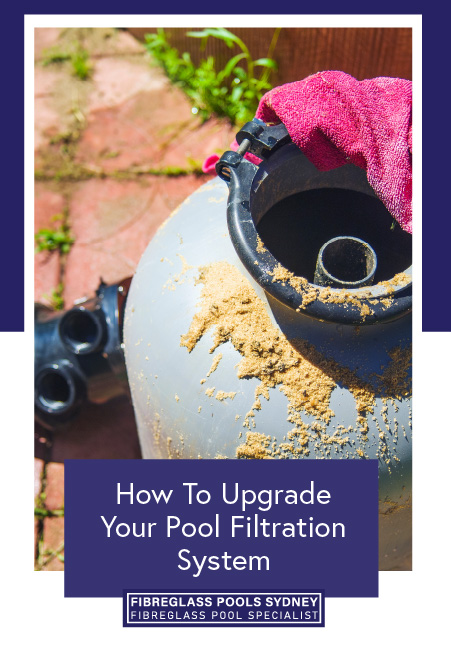
Why Your Pool Filtration System Matters
A pool filtration system is essentially the heart of your pool’s circulation system. It removes debris, bacteria, and other contaminants, ensuring that the water remains safe and inviting for swimmers. Without a proper filtration system, your pool can become a breeding ground for algae and other harmful microorganisms. This not only affects the aesthetic appeal of your pool but can also pose serious health risks.
In this blog post, we will focus on the importance of upgrading your pool filtration system for better maintenance and an enhanced swimming experience. We’ll cover the different types of filters, how to identify when it’s time for an upgrade, and the benefits of making this crucial investment.
Understanding Pool Filtration Systems
Types of Pool Filters
When it comes to pool filters, there are three main types to consider:
- Sand Filters
- Cartridge Filters
- Diatomaceous Earth (DE) Filters
Each type has its own set of features, advantages, and disadvantages.
Sand Filters
Sand filters are the most traditional type of pool filtration system. They use sand to trap debris and particles. Water passes through the sand, which captures contaminants before the clean water is returned to the pool. Sand filters are popular because they are easy to use and relatively inexpensive. However, they are not as efficient as other types and may require frequent backwashing.
Cartridge Filters
Cartridge filters use replaceable cartridges to filter out debris. They are more efficient than sand filters and can trap smaller particles. Cartridge filters are also low-maintenance, requiring only occasional cleaning and replacement. The downside is that they can be more expensive upfront, but their efficiency often makes up for the cost.
Diatomaceous Earth (DE) Filters
DE filters are considered the gold standard in pool filtration. They use a fine powder made from fossilised diatoms to capture even the smallest particles. DE filters provide the highest level of filtration, ensuring crystal-clear water. However, they are also the most expensive and require more maintenance compared to sand and cartridge filters.
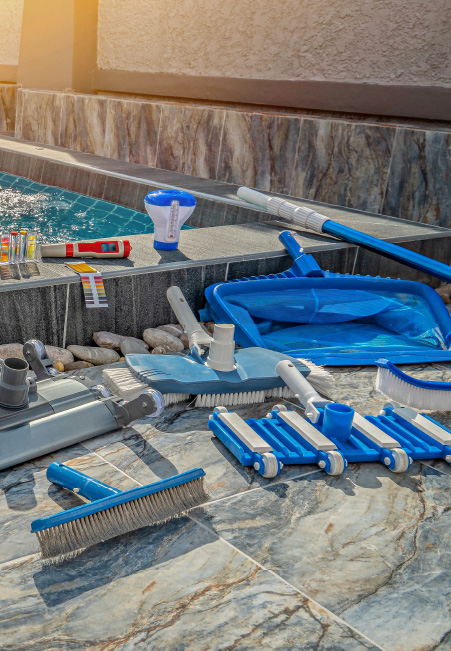
Comparing Efficiency, Maintenance, and Cost
Choosing the right filter for your pool depends on several factors, including efficiency, maintenance requirements, and cost. Sand filters are the most affordable but may not provide the best filtration. Cartridge filters offer a good balance of efficiency and maintenance, while DE filters deliver superior filtration at a higher cost.
Signs You Need an Upgrade
Common Indicators
It’s essential to recognise the signs that indicate your pool filtration system may need an upgrade. Here are some common indicators:
- Cloudy Water: If your pool water remains cloudy despite regular maintenance, it could be a sign that your filter is not performing efficiently.
- Increased Chemical Use: If you find yourself using more chemicals to maintain water quality, your filter may not be effectively removing contaminants.
- Frequent Repairs: If your current system requires frequent repairs, it might be more cost-effective to invest in a new, more reliable filtration system.
- Old Age: Filtration systems generally have a lifespan. If your system is over five to ten years old, it might be time for an upgrade.
Importance of Regular Maintenance and Inspection
Regular maintenance and inspection are crucial to ensure your pool filtration system operates optimally. Routine checks can help you identify issues early on, preventing costly repairs and ensuring a cleaner, safer swimming environment.
Steps to Upgrade Your Pool Filtration System
Assessing Your Current System
Before upgrading, it’s essential to assess your current filtration system. Take note of its performance, age, and any recurring issues. This assessment will help you determine whether an upgrade is necessary and what type of filter would be best suited for your pool.
Selecting the Best Filter
Choosing the right filter involves considering the size and type of your pool, as well as your budget and maintenance preferences. Here’s a step-by-step guide to help you select the best filter:
- Determine Pool Size: Calculate the volume of your pool to ensure the new filter can handle the capacity.
- Consider Filter Type: Based on your assessment, decide whether a sand, cartridge, or DE filter would be most appropriate.
- Budget: Factor in the upfront cost, as well as long-term maintenance expenses.
Installation Process
Once you’ve selected the right filter, follow these steps for installation:
- Turn Off Power: Ensure the pool pump and any electrical connections are turned off.
- Remove Old Filter: Carefully remove the existing filter, following the manufacturer’s instructions.
- Install New Filter: Position the new filter, connect the plumbing, and secure it in place.
- Test System: Turn the power back on and run the system to ensure everything operates smoothly.
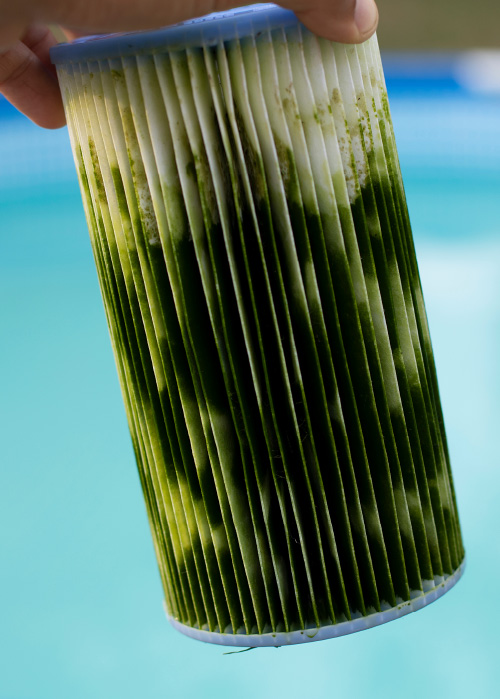
Benefits of Upgrading
Improved Water Quality
One of the most immediate benefits of upgrading your pool filtration system is improved water quality. Advanced filters can remove smaller particles and contaminants, resulting in crystal-clear water that’s safer and more enjoyable to swim in.
Reduced Chemical Usage
A more efficient filtration system means you’ll need fewer chemicals to maintain water quality. This not only saves you money but also creates a more comfortable swimming environment with less chemical irritation.
Energy Efficiency
Modern filtration systems are designed to be more energy-efficient, reducing your overall energy consumption. This not only lowers your utility bills but also minimises your environmental footprint.
Maintenance Tips for New Systems
Regular Maintenance Checklist
To keep your upgraded filtration system in optimal condition, follow this regular maintenance checklist:
- Inspect Filter: Check for any visible signs of wear or damage.
- Clean Filter: Depending on the type, clean or replace the filter media as needed.
- Monitor Performance: Keep an eye on water clarity and chemical levels.
- Schedule Professional Inspections: Have a professional inspect your system annually to ensure everything is functioning correctly.
When to Seek Professional Help
While regular maintenance can be done on your own, there are times when it’s best to seek professional assistance. If you notice significant drops in performance, leaks, or unusual noises, contact a pool maintenance expert to diagnose and fix the issue.
Upgrading your pool filtration system is an investment in the health and enjoyment of your swimming pool. By understanding the different types of filters, recognising the signs that it’s time for an upgrade, and following the steps outlined in this guide, you can ensure your pool remains a clean, safe, and inviting oasis.


